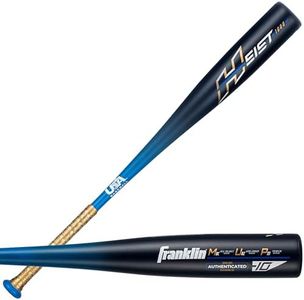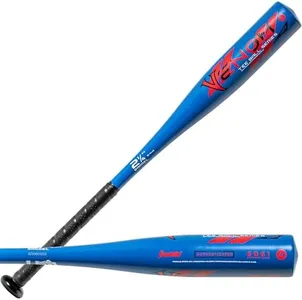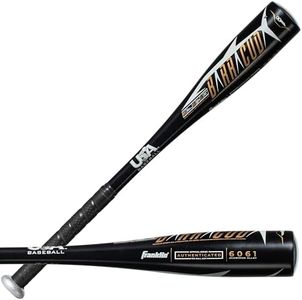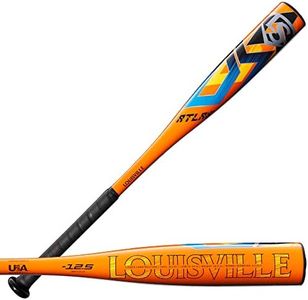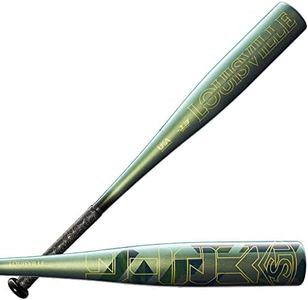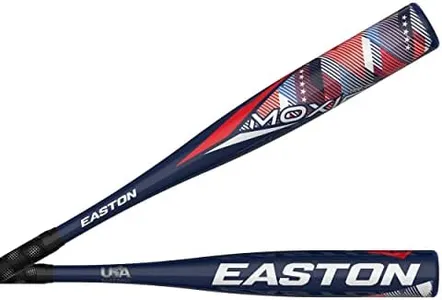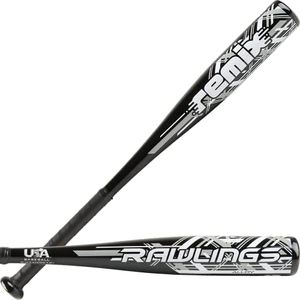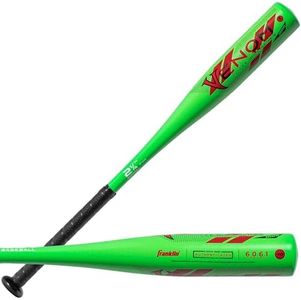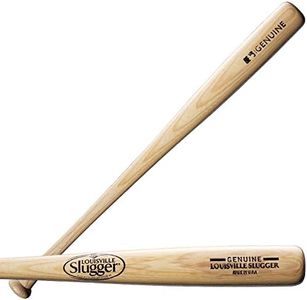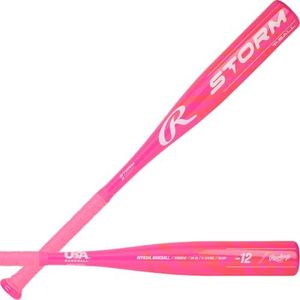We Use CookiesWe use cookies to enhance the security, performance,
functionality and for analytical and promotional activities. By continuing to browse this site you
are agreeing to our privacy policy
10 Best T Ball Bats
From leading brands and best sellers available on the web.Buying Guide for the Best T Ball Bats
Choosing a T-ball bat for a young player is an important step in helping them learn the basics of baseball in a fun, safe, and comfortable way. The right bat can build confidence and make hitting the ball much easier. When picking a T-ball bat, it's important to focus on size and weight comfort, the material it's made from, and any league requirements. Understanding the main features will help you pick a bat that feels good in your child's hands and supports their enjoyment and skills development.LengthLength refers to how long the bat is from knob to barrel. A longer bat gives a greater reach but can be harder to control for smaller kids. If the bat is too long, it becomes heavy and unwieldy; if it's too short, the player loses reach. T-ball bats typically range from about 24 to 27 inches in length. Very young or smaller players should look for a shorter bat, while taller or older T-ballers may need something longer. Let your child hold the bat and see if they can grip it comfortably with the barrel touching the ground when standing straight beside it.
WeightThe weight of the bat affects how easily a child can swing it. A lighter bat is easier to swing quickly and with more control, while a heavier bat might hit the ball further but can also slow down swing speed and cause poor form. T-ball bats are usually very lightweight, often ranging from about 13 to 18 ounces. For most kids, starting with a lighter bat is best for building confidence and proper technique. Try to pick a bat that your child can lift with one arm fully extended and swing comfortably.
MaterialT-ball bats are usually made of either aluminum/alloy or composite materials. Aluminum bats are durable, typically cheaper, and perform consistently. Composite bats may have a softer feel and sometimes more vibration reduction, but tend to cost more and are less common in T-ball. For beginners, aluminum or an alloy is often the simplest and most reliable choice. Consider what’s allowed by your league and what feels right in your child’s hands.
Barrel DiameterBarrel diameter is the thickness of the end part of the bat that hits the ball. Most T-ball bats are manufactured with a 2 1/4 inch barrel, which is standard and is accepted in most leagues. This size strikes a good balance between being easy to swing and having enough surface area to connect with the ball. Just make sure the bat you choose meets league requirements, as larger barrels are not always allowed for T-ball games.
League Approval and CertificationDifferent leagues may have specific rules about which bats are allowed, often requiring a certification stamp, such as USA Baseball. This ensures the bat meets safety standards and is appropriate for T-ball games. Always check your league’s bat regulations before buying to make sure the bat will be allowed in games. Look for official stamps or markings on the bat or consult with the coach if you’re unsure.
GripThe grip of the bat is the handle’s covering, which gives comfort and prevents slipping from a child's hands. Most T-ball bats come with a soft, padded grip for smaller hands. Make sure the grip feels comfortable to your child and that it doesn't feel too thick or slippery. A good grip helps with control and confidence during swings.
